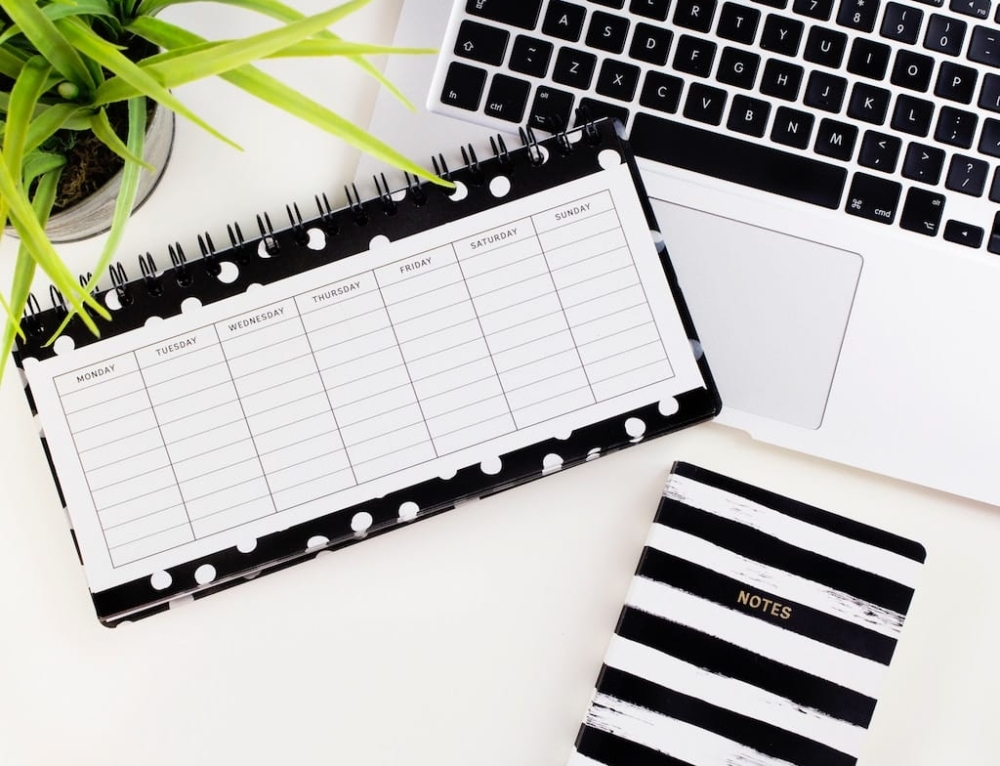It’s always a joy to watch kids playing outside on a lush green lawn, but it’s never fun to discover a grass stain or two on the seat or knees of their pants afterwards. Here’s how to remove those green stains.
Removing grass stains from clothes or fabric
Grass stains will come out with prompt laundering and stain treatment. Some other techniques to remove grass stains include:
- Rubbing alcohol – or methylated spirits or white spirits – can be a quick no-wash treatment for a grass stain, though such stain treatments can “bleed” the colours of the fabric, so it’s worth trying using a 50:50 alcohol and water solution first before moving on to straight alcohol.
- If the clothing is white and can be bleached, using a chlorine bleach solution on the stain will work. Just be sure not to use too much bleach or you’ll damage the garment.
- Soaking the stain in a solution of water and detergent is great – then wash the garment as usual, but don’t put the item in the clothes dryer until you’ve checked the stain has definitely gone.
- When trying to eliminate grass stains, don’t use ammonia, degreaser or alkaline detergents because they may permanently set the stain.
Removing grass stains from unwashable fabrics
If the care label says the clothing is not washable, the easiest thing is to take the item straight to the drycleaners. You can try blotting the stain with a towel and some drycleaning fluid available from hardware stores or supermarkets. Blot from inside the clothing to push the stain outwards.
Removing grass stains from carpet or furniture
While it isn’t easy to get a grass stain inside the house, its not impossible. Grass stains are a mix of a protein stain with other organic matter like chlorophyll and pigments from xanthophylls and carotenoids.
For Scotchguarded and other stain-resistant carpets or furnishings, grass stains will have a harder time binding, though the stain may actually end up being from dried dirt, organic matter, and other natural remnants.
To treat carpet or furnishings, mix a mild detergent and water (try to avoid using a detergent that contains optical brighteners as it can discolour fabrics and carpets over the long term – laundry soap is great for this) at the rate of a quarter teaspoon to a cup of water. Blot from the outside of the stain into the centre with white towels or paper towels to see how much stain transfers on to the towel.
Stain remover notes
- The quicker you deal with a stain, the more likely you are to remove it.
- Unless it’s a fat stain, cold water is best for rinsing a stain, so as not to set it and make it harder to remove later.
- Before using a cleaning solution, test on an inconspicuous section, such as the inside of a sleeve, to check it won’t ruin the fabric.
- Always rinse out one cleaning solution before trying another to remove a stain as certain chemicals are not supposed to be mixed.
- Read the care instructions on the item of clothing before attempting vigorous stain removal. Some clothing may be too delicate to attempt stain removal and are better taken straight to the drycleaners.
- Don’t rub fabric harshly to remove stains as this can abrade fibres and cause fading.
- The white towel blotting method is often recommended for stain removal. Simply fold a clean white towel and, once you have treated the stain with water, gently dab it with the towel and check to see how much of the stain has transferred to the white towel.
- If using commercial stain removers and detergents, always follow the product label to understand the proper use and safety precautions you may need to take.
- It’s always easier to treat a stain on a washable fabric.
Find out how to remove these stains
- How to remove charcoal stains
- How to remove chocolate stains
- How to remove glitter stains
- How to remove glue stains
- How to remove grass stains
- How to remove grease stains
- How to remove ink stains
- How to remove juice stains
- How to remove rust stains







Leave A Comment
You must be logged in to post a comment.